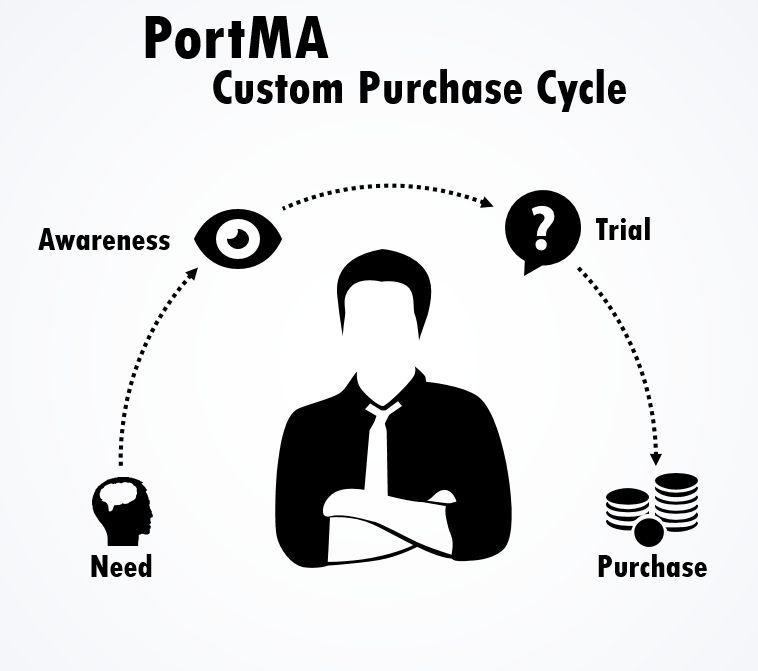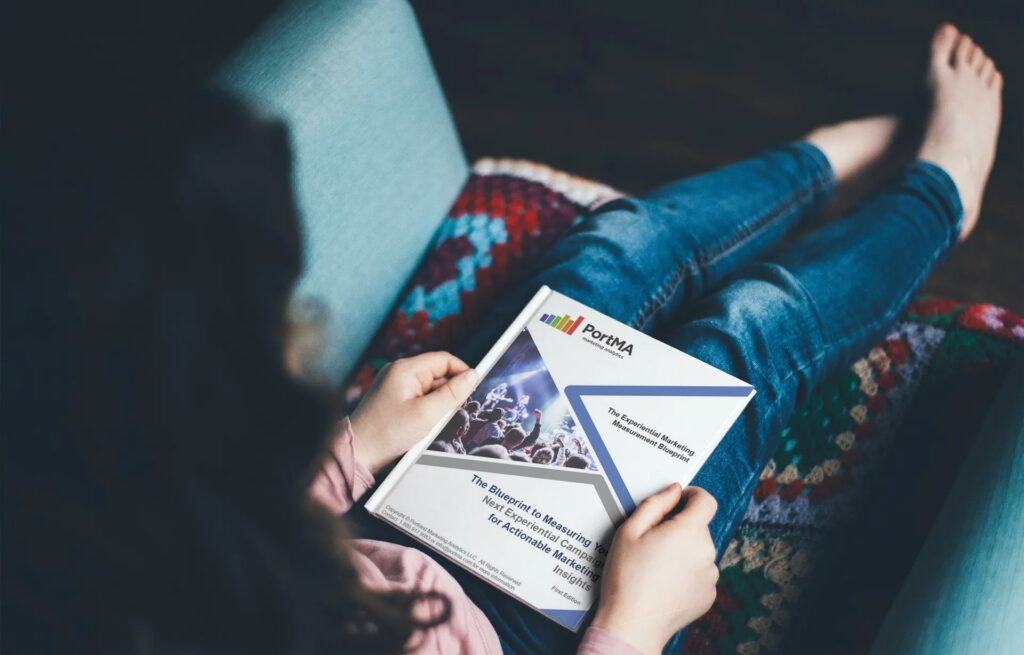
Last time, we introduced the idea that there were three questions that are fundamental to measuring experiential marketing. The first question is, “How often am I reaching the right person?”
The second question we want to answer, once we’ve figured out how often we’re reaching the right person, is “How often am I creating intent where it didn’t previously exist?”
Estimated reading time: 4 minutes
Where are Consumers in the Purchase Cycle?
Now, in most cases, the intent is a purchase intention, some kind of revenue-generating behavior. Depending on where the brand is, what the marketing is all about, and what you’re trying to accomplish, it may be a very drawn-out purchase cycle.
Conversely, it may be a very short purchase cycle, depending on the brand’s presence and history in the category. It could be that the majority of consumers are very early in the purchase cycle process, meaning that they’re learning about things for the first time, or they’re understanding the problem that the product solves, or they’re being educated about the existence of the brand in the first place. These consumers are in a very early stage.
(You can listen to the full podcast episode below.)
Creating Intent
The early stage can be defined by a short-term purchase, a low ticket item easy for consumers to grab. It’s widely adopted and it’s much more of a behavioral thing in early-stage purchase cycle stuff. It’s more attitude and education. The idea of intent is going to come from those kinds of things.
If it’s a later-stage purchase cycle situation, it’s more about motivating behavior, purchase intention, and usage occasions. It’s about pushing a direct purchased drive to retail, those kinds of things.
A measurement of how we define intent in this context is going to be very relative to those types of items. Ultimately we have to be able to answer that question of how well we’re creating intent where it didn’t previously exist.
That idea that didn’t previously exist does, in and of itself, imply that there is some kind of control. And there’s a lot of different ways you can get to that control. Traditional control tests allow you to do this, or you can do it based on brand health data that the group that we’re serving might already have.
How often am I creating intent where it previously didn’t exist?
You can also do it by collecting controlled data for the general market. Where controlled data isn’t available, you need to at least have a sense of current customers versus non-customers with who you’re engaging. You want to be able to say, “Okay, of the current customers, I can’t say that’s incremental. I can’t say that the intent wouldn’t have otherwise existed if they already buy the product.” We’ve got to take them out of the mix and be able to look at how well we’re creating intent that is incremental.
Understanding Value When Marketing
Once you get this idea of reach, you then have this idea of intent. That intent is going to be generated from how well your experiential marketing is communicating two things:
- The brand’s value proposition.
- Why the product or service solves a problem for the consumer.
Experiential is wonderful at doing those two things. It’s an amazing opportunity to educate, engage, approach, and give consumers a chance to really understand the value.
To experience that value, sampling is certainly a great way to do that. You give them a chance to, in a firsthand way, get a sense of what that taste is, or what that experience of the product is so that any apprehension towards them buying the product themselves is alleviated. All of those issues are starting to be resolved ahead of time. No marketing channel does that faster (and more holistically) than experiential.
Spending Time with the Consumer
Now, you need to make a decision on how immersive that purchase experience is going to be. This depends on how much time you’re going to spend with each consumer. We know that we can spend enormous amounts of time with a few consumers and really win them over. Or, we can spend a little bit of time with a lot of consumers.
You’re making those trade-offs when you’re designing a campaign, either if you’re on the brand side or the agency side, you’re making a decision around that. You’re saying, “You know, I can spend $1 million on one person, or I can reach a million people for a dollar each. And which am I choosing?” You’re finding that middle ground that you hope is an optimal mix. Your hope is that perfect combination of delivering a memorable experience to the maximum number of people.
Next week we’ll take a look at the third question and that is “Under what circumstances am I creating value and maximizing ROI for the brand?”
Further Reading

Additional Resources
FOR EXPERIENTIAL MARKETERS
- Experiential Measurement Blueprint
- Event Impression Calculator
- Experiential ROI Benchmarking Reports
- Event Measurement Video Tutorials
